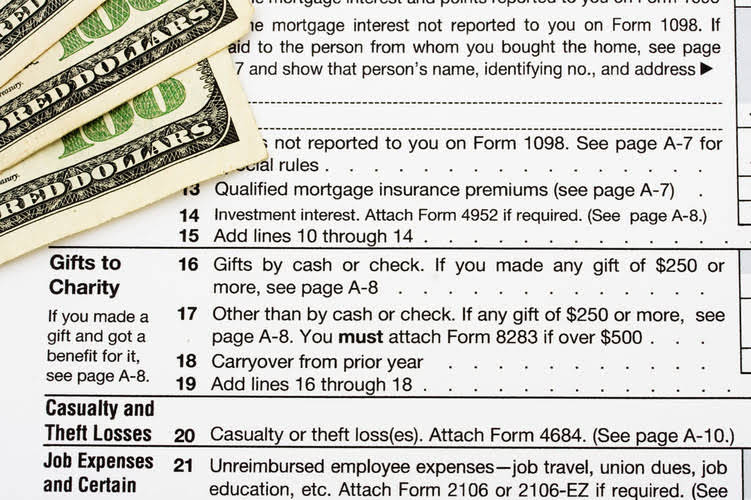28 Jun How to calculate outstanding shares

Shares that are closely held are those that are owned by key shareholders, insiders, and employees. The number of outstanding shares is calculated by subtracting treasury stock from the shares issued. Generally, you won’t need to calculate this number yourself and it will be listed for you on a company’s 10-Q or 10-K filing. A company also often keeps a portion of its total outstanding shares of stock in its treasury from both initial stock issues and stock repurchase. These are called “treasury shares” and are not included in the balance.
💡 Expert-Led Sessions📊 Build Financial Models⏳ 60+ Hours Learning

Usually, companies undertake stock splits in order to bring a company’s share price within the buying range of retail investors. On the other hand, a company generally embarks on a reverse split or share consolidation if it wants to bring its share price into the minimum range necessary to satisfy exchange listing requirements. Outstanding shares represent a company’s shares that are held by investors, whether they’re individual, institutional, or insiders. Investors can find the total number of outstanding shares a company has on its balance sheet. Outstanding shares can also be used to calculate some key financial metrics, including a company’s market cap and its earnings per share.

Trading Strategies
- Investors use this data to calculate financial ratios, assess ownership structures, and make informed investment decisions.
- In addition, most public companies don’t need to issue more shares, at least in the number required to bump up against the authorized maximum.
- It excludes closely held shares, which are stock shares held by company insiders or controlling investors.
- Although this decreases liquidity due to fewer shares, it can deter short sellers by making it harder to borrow shares for short selling.
- Outstanding shares are those owned by stockholders, company officials, and investors in the public domain, including retail investors, institutional investors, and insiders.
Another metric calculated using shares outstanding is the price-to-book (P/B) ratio. The term shares outstanding is defined as the total number of shares a company has issued to date, after subtracting the number of shares repurchased. An increase can dilute the value of existing shares, affecting earnings per share (EPS) and potentially impacting stock prices. Typically, investors calculate outstanding shares quarterly or annually when reviewing financial reports. But it’s important to look at the number of outstanding shares to know how many more shares could possibly enter the market.

Weighted Average Shares Outstanding
- Understanding how to calculate outstanding shares is crucial for investors, financial analysts, and anyone involved in the stock market.
- Reddit and chat room traders target low float stocks with a high short interest specifically to create giant squeezes.
- Deferred shares (founder shares) are usually given to important people within the issuing company.
- Usually, companies undertake stock splits in order to bring a company’s share price within the buying range of retail investors.
” observed 19,646 Brazilian futures contract traders who started day trading from 2013 to 2015, and recorded two years of their trading activity. The study authors found that 97% of traders with more than 300 days actively trading lost money, and only shares outstanding formula 1.1% earned more than the Brazilian minimum wage ($16 USD per day). If a company did a recent forward or reverse split, the information online might not be accurate. Non-voting shares, also known as preferred shares, typically offer a fixed dividend payout and no voting rights in company matters. For example, Berkshire Hathaway’s Class B shares are non-voting and offer lower voting rights than their Class A shares.
Outstanding Shares: Definition and How to Calculate It

Company A issues 1000 shares, out of which 400 shares are floated to the public, 400 shares are held by company insiders and 200 shares are kept in the company Food Truck Accounting treasury. Here, if you think the number of outstanding shares is 800, you are right. XYZ would have to sell 100 shares from its treasury to the warrant holders if all these warrants are activated. Outstanding shares refer to the number of stocks that a company has issued.

Preferred Shares
Now the QuickBooks matter of thought is, should we take 1000 shares outstanding as denominator or 2000. At the time, GE discussed plans to split into three companies and to divest from many businesses. They determined that reducing their share count from nearly 8.8 billion to roughly 1.1 billion better aligned with this vision (1). Generally speaking, stocks with smaller floats will experience more volatility than those with larger floats. A 2019 research study (revised 2020) called “Day Trading for a Living?

